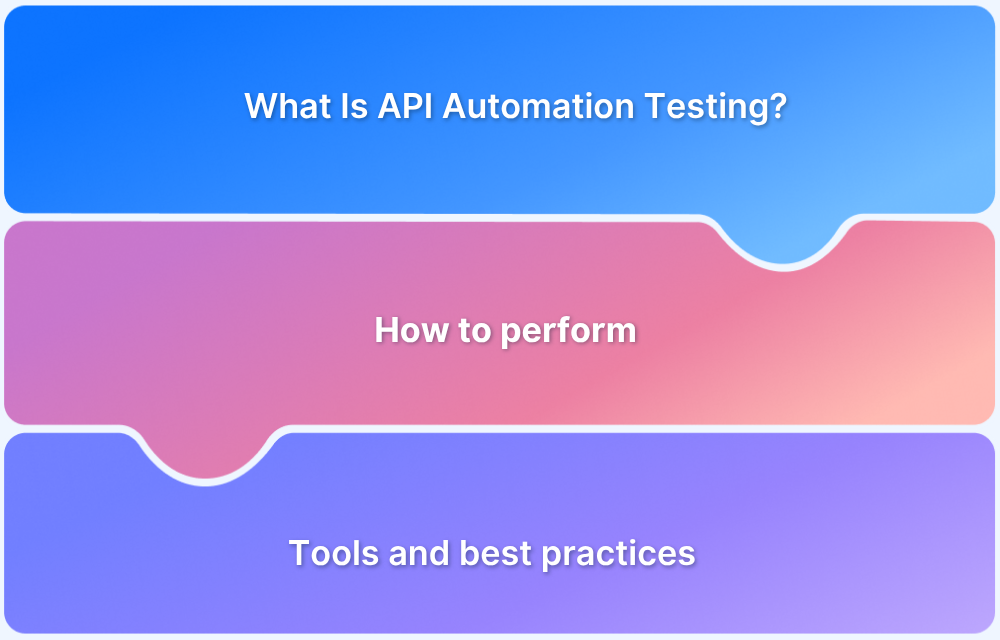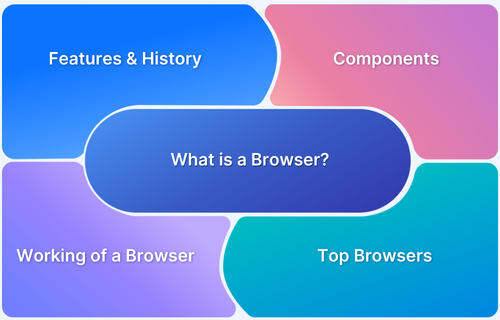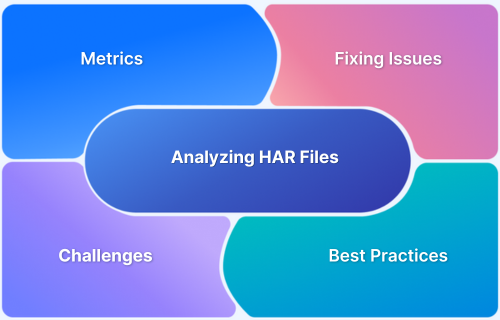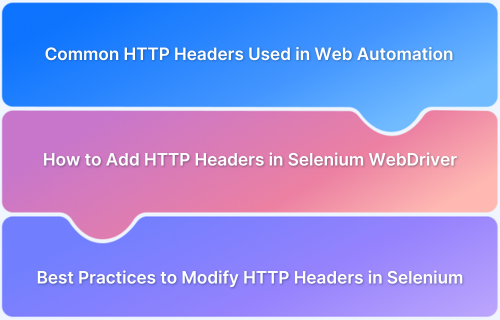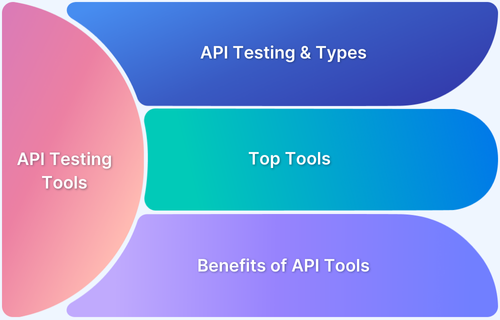HTTP response codes are an integral part of web communication, informing clients about the result of their requests to a server. Among these, 2xx status codes indicate successful responses. These codes are essential for ensuring smooth interactions between the client and server.
Overview
Significance of 2xx Successful Codes
- User Experience: Clear feedback that requests are successful, enhancing user satisfaction.
- Efficiency: Ensures smooth communication between clients and servers, automating tasks.
- SEO: Signals to search engines that content is accessible, improving rankings.
- Reliability: Assures users that the server is functioning well.
- Error Prevention: Helps avoid miscommunication by using the correct status codes.
This article explores the significance, structure, and best practices of handling 2xx codes in web development.
HTTP Response Classes
HTTP response codes are categorized into five classes based on their first digit. These classes include:
- 1xx (Informational): Preliminary responses, usually indicating that a request is being processed.
- 2xx (Successful): Successful request processing, with various levels of success.
- 3xx (Redirection): Indicating that further action is required to complete the request.
- 4xx (Client Errors): Errors caused by the client’s request.
- 5xx (Server Errors): Errors caused by the server while processing the request.
Significance of 2xx Successful Codes
The 2xx range of HTTP status codes is essential in web development, as it indicates that a request has been successfully processed by the server. These codes provide a clear confirmation to both users and systems that the desired action has been completed without errors. Here’s why 2xx codes are important:
- User Experience (UX): Clear and correct 2xx codes enhance user experience by providing immediate feedback that their requests have been successfully handled. For example, when a user submits a form or makes a request, a 200 or 201 response assures them that their action was successful.
- Efficiency in Communication: These codes ensure smooth communication between clients and servers, helping automate workflows without constant human intervention. By correctly using 2xx codes, systems can reliably perform tasks such as file retrieval, data submission, and resource creation.
- Search Engine Optimization (SEO): From an SEO perspective, correct 2xx codes (such as 200 OK) are vital. They signal to search engines that the content is accessible, helping to maintain page rankings. A website that consistently returns appropriate 2xx codes improves its crawlability and trustworthiness in the eyes of search engines.
- Indicates Reliable Service: When 2xx codes are consistently used, they signal to users and clients that the server is functioning properly. For instance, receiving a 200 OK response indicates that a website or service is available and responding as expected, which can directly influence user satisfaction.
- Error Prevention: Properly distinguishing between 2xx and 4xx/5xx codes helps prevent miscommunication or further errors. For instance, using the correct status code like 201 when a new resource is created, as opposed to a generic 200 OK, offers better clarity about the nature of the request.
In short, 2xx codes play a crucial role in ensuring smooth operations, enhancing user experience, and building trust between clients and servers. They provide the foundation for successful interactions on the web.
Understanding 2xx Status Codes
The 2xx status codes signify that the client’s request has been successfully received, understood, and processed by the server. These responses confirm that everything has gone as planned, and no errors have occurred.
Structure of a 2xx Response
A typical 2xx response consists of:
- Status Line: Contains the protocol version and the 2xx status code, e.g., “HTTP/1.1 200 OK.”
- Headers: Provide additional information such as content type and length.
- Body (optional): Contains the actual content or a message, such as a confirmation or the requested data.
Read More:How to test redirect with Cypress
Examples of 2xx Code
Here are some examples of 2xx HTTP status codes in real-world scenarios:
1. 200 OK: Standard Success Response
Example: A user navigates to a webpage, and the server successfully returns the requested content.
Scenario: A client sends a GET request to retrieve a homepage, and the server responds with the HTML content of the page.
Response:
HTTP/1.1 200 OKContent-Type: text/html
Content-Length: 1024
…
2. 201 Created: Resource Creation Confirmation
Example: A user submits a form to create a new account, and the server successfully creates the account.
Scenario: A client sends a POST request to a registration endpoint, and the server responds with confirmation that the user has been created.
Response:
HTTP/1.1 201 CreatedLocation: /users/123
Content-Type: application/json
{“id”: 123, “username”: “new_user”}
3. 202 Accepted: Request Acknowledgment
Example: A client sends a request to process a large file, and the server acknowledges that the request has been accepted for processing.
Scenario: A client sends a request to a server to process data, but the server acknowledges that it will be processed asynchronously.
Response:
HTTP/1.1 202 AcceptedContent-Type: application/json
{“status”: “Processing”, “message”: “Your request is being processed.”}
4. 204 No Content: Successful Request with No Content
Example: A user deletes a comment on a website, and the server confirms the deletion without returning any content.
Scenario: A client sends a DELETE request to remove an item, and the server responds with no content to confirm successful deletion.
Response:
HTTP/1.1 204 No Content
5. 206 Partial Content: Partial Data Retrieval
Example: A client requests only a portion of a large video file, and the server responds with the requested part of the content.
Scenario: A client sends a request for the first 1,000 bytes of a video file, and the server responds with only that portion.
Response:
HTTP/1.1 206 Partial ContentContent-Range: bytes 0-999/5000
Content-Type: video/mp4
Content-Length: 1000
Each of these responses signifies a successful interaction, with varying levels of detail and functionality depending on the type of request and the server’s response.
Read More: What Is API Automation Testing?
Detailed Breakdown of 2xx Codes
200 OK: Standard Success Response
The 200 OK response is the most common and indicates that the request has been successfully processed. It’s typically returned for a successful GET or POST request.
- Use Case: A client retrieves information from a server via a GET request, and the server returns the requested data with a 200 OK status.
201 Created: Resource Creation Confirmation
The 201 Created code is returned when a request leads to the creation of a resource. This is common for POST requests that result in a new record being added to a database.
- Use Case: When a user submits a form to create a new profile on a website, the server responds with a 201 status, confirming the profile has been created.
202 Accepted: Request Acknowledgment
The 202 Accepted status indicates that the request has been accepted for processing but may not be completed yet. It is commonly used for asynchronous operations.
- Use Case: A client sends a request to start a background job, and the server acknowledges receipt of the request but doesn’t immediately perform the task.
203 Non-Authoritative Information: Proxy Responses
The 203 Non-Authoritative Information status is used when a proxy server returns a response, and the information comes from an authoritative source, but some of the data may be modified.
- Use Case: A client receives data from a proxy server, but the response may not be the original response from the server.
204 No Content: Successful Request with No Content
The 204 No Content status means that the server has successfully processed the request, but there is no content to send in the response body. It is commonly used for successful DELETE or PUT operations.
- Use Case: After a user deletes an item from a list, the server responds with a 204 No Content, confirming the deletion without sending any additional data.
205 Reset Content: Resetting Document View
The 205 Reset Content status tells the client to reset the document view, typically used when a form has been submitted successfully and needs to be cleared.
- Use Case: After submitting a search form, the server sends a 205 status, instructing the client to reset the form fields.
206 Partial Content: Partial Data Retrieval
The 206 Partial Content code is returned when the server supports partial requests, typically through the Range header. It indicates that only part of the resource has been sent.
- Use Case: A client requests only a portion of a large file (e.g., a video), and the server responds with the partial data.
207 Multi-Status: Multiple Statuses in WebDAV
The 207 Multi-Status code is used by WebDAV (an extension of HTTP) to indicate multiple status codes for multiple operations, often in batch requests.
- Use Case: When performing multiple operations on different resources in a single request, the server responds with a 207 Multi-Status.
208 Already Reported: Avoiding Redundant Enumeration
The 208 Already Reported code prevents redundant processing by indicating that a particular status has already been reported in a previous response.
- Use Case: A collection of files is being processed, and the same error or status is encountered multiple times. The server returns 208 to avoid repetitive reporting.
226 IM Used: Instance Manipulation
The 226 IM Used status indicates that the server has successfully applied the instance manipulation as requested, such as during a Delta Encoding operation.
- Use Case: A client asks the server to apply an instance manipulation on a resource, and the server returns 226 to confirm successful application.
Best Practices for Handling 2xx Codes
When working with 2xx status codes, developers should adhere to these best practices:
- Ensure Clear Responses: Always return a clear and appropriate 2xx status code for each request.
- Optimize Performance: Minimize response time and data size by only including relevant information.
- Consistency: Use the correct 2xx status code that best represents the action taken (e.g., 200 for general success, 201 for creation).
Testing and Monitoring 2xx Responses
To ensure reliable communication, it’s essential to test and monitor 2xx responses regularly. This helps identify any unexpected behaviors or performance issues.
Tools for Verifying 2xx Status Codes
Here are some tools to verify 2xx status codes in your applications:
- Requestly Http Interceptor: A versatile tool that allows developers to intercept and modify HTTP requests and responses. With Requestly, you can simulate various status codes, including 2xx codes, to test different scenarios and debug issues effectively.
- Postman: A popular tool for testing APIs, allowing you to verify status codes returned by your endpoints.
- curl: A command-line tool that can be used to send HTTP requests and check response status codes.
Common Pitfalls in 2xx Codes and How to Avoid Them
While 2xx status codes are generally used to indicate successful requests, there are common pitfalls that developers may encounter when implementing or interpreting them. Here’s a look at some of these issues and how to avoid them:
1. Misusing 200 OK for All Success Scenarios
Problem: Developers may use the 200 OK status code for every successful request, even when a more specific 2xx code is more appropriate (e.g., using 200 OK for resource creation instead of 201 Created).
Solution: Use more specific 2xx status codes depending on the scenario:
- 200 OK: For general success (e.g., retrieving data or displaying a page).
- 201 Created: When a resource has been successfully created (e.g., after a POST request that creates a new user or item).
- 202 Accepted: For asynchronous operations that have been accepted but not completed.
- 204 No Content: When the request is successful but there is no content to return (e.g., after a DELETE operation).
Why It Matters: More precise status codes provide better clarity and help clients interpret the response accurately.
2. Returning a 200 OK When No Data Is Available (Empty Response)
Problem: A common mistake is to return a 200 OK even when no data is available in the response body. While technically correct, it can confuse clients who expect to see content.
Solution: If the request is successful but there’s no content to send back, consider using:
- 204 No Content: When the request has been successfully processed, but there is no content to return.
- 404 Not Found: If the resource requested is empty or doesn’t exist (e.g., a search query that returns no results).
Why It Matters: Clear communication about what is or isn’t available improves the client-side handling of the response.
3. Not Handling Partial Content Correctly
Problem: Using 200 OK when the response is supposed to be partial (e.g., a large file or data chunk requested by the client). This can lead to incorrect or incomplete data being delivered.
Solution: Use the 206 Partial Content status code when only a portion of the resource is being returned, and ensure that the Content-Range header is included.
Example: A client requests only part of a file using the Range header.
Why It Matters: Clients that expect partial data (like video streaming or large file downloads) need to know if their request was fully or partially fulfilled.
4. Inconsistent Use of 2xx Codes for Asynchronous Operations
Problem: Returning a 200 OK for an asynchronous request (such as starting a background process) when the process hasn’t completed yet, leading to confusion.
Solution: Use 202 Accepted to acknowledge that the request has been received but is not yet processed. This indicates that further action is required.
Example: When a user submits a request to generate a report, and the server needs to process the request in the background.
Why It Matters: Using 202 Accepted helps clients understand that the request will take time and provides the option to check the status later.
5. Inappropriate Use of 200 OK After Failed Operations
Problem: Sometimes, a 2xx code (such as 200 OK) is mistakenly returned even if the operation itself failed. This can happen when a backend service fails silently but still returns a successful HTTP code.
Solution: Ensure that the operation status aligns with the response code:If the operation truly failed (e.g., due to a business logic error), return a 4xx or 5xx status code (depending on whether it was client or server-side).
Why It Matters: Incorrectly returning a 2xx code can lead to incorrect client assumptions that an operation was successful, resulting in improper behavior or user confusion.
6. Not Including Relevant Information in 2xx Responses
Problem: Some 2xx responses, especially 200 OK and 201 Created, may not include adequate information in the response body. For example, after a resource creation, the response may not include the newly created resource’s identifier or any relevant data.
Solution: Always provide relevant information when returning 2xx codes:
- 201 Created: Include the Location header pointing to the newly created resource’s URI, and optionally provide a JSON object with the resource’s details.
- 200 OK: Provide the requested data, or at least a confirmation message or minimal status.
Why It Matters: Clients often rely on the data in the response to take the next step in their workflow. Missing information can cause them to perform additional, unnecessary requests.
7. Overusing 2xx Codes for Business Failures
Problem: Returning a 200 OK for requests that are technically successful but represent business logic failures (e.g., a user trying to purchase an out-of-stock item).
Solution: Use the appropriate status code that reflects the real outcome:
- 400 Bad Request or 422 Unprocessable Entity can be used if the client’s request is valid but the action cannot be performed due to business logic issues.
- 409 Conflict if there is a conflict that prevents the request from being fulfilled.
Why It Matters: Returning a 2xx code for business failures can confuse clients into thinking their action was successful when, in fact, it was not.
Advanced Use Cases for 2xx Codes
In advanced scenarios, developers might encounter more complex use cases for 2xx codes, such as:
- Handling Conditional Requests: Use 206 Partial Content in scenarios where data is conditionally retrieved.
- Batch Processing: Use 207 Multi-Status for operations involving multiple resources, ensuring clear communication of each operation’s status.
Conclusion
Understanding and utilizing 2xx status codes effectively is crucial for building reliable and efficient web applications. By following best practices, testing thoroughly, and using the right tools, developers can ensure that their APIs and websites deliver seamless user experiences with successful responses.



